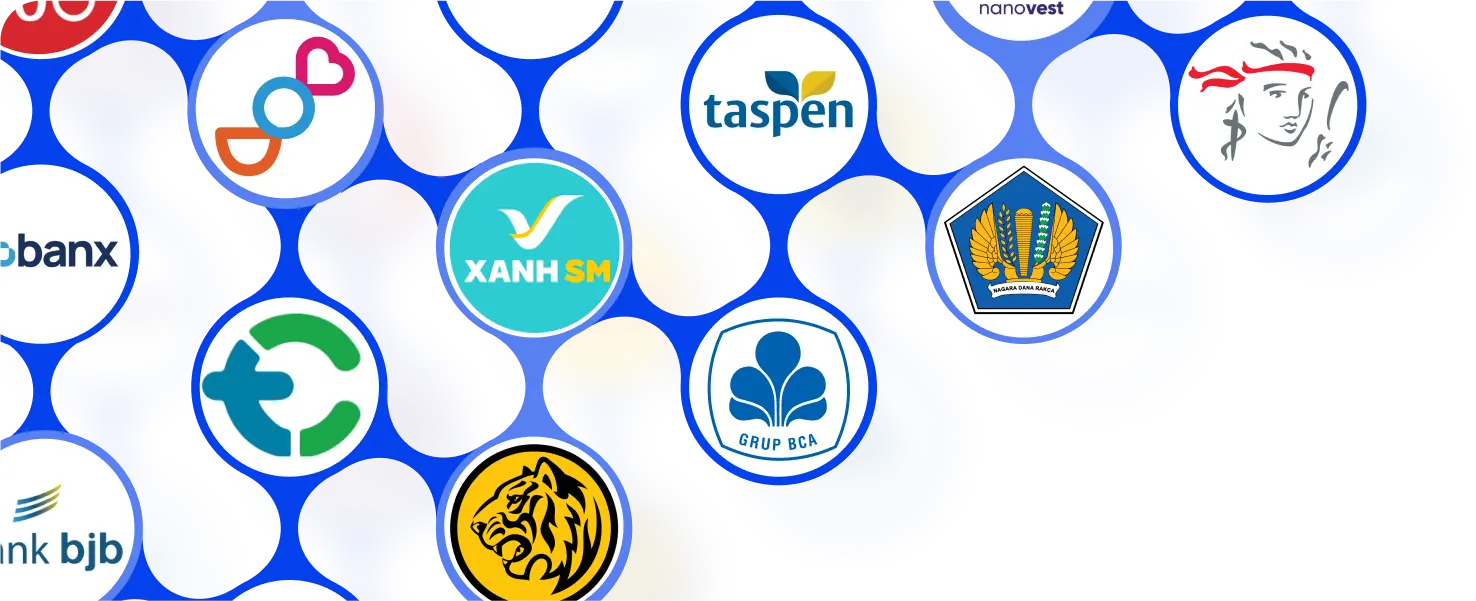3D Facial Liveness Detection: The Latest Must-Have System for Your Business

As businesses increasingly rely on digital platforms for transactions and identity verification, security threats like spoofing and identity fraud have become major concerns. Traditional face recognition systems, while effective, are vulnerable to attacks using photos, masks, or deepfake technology. This is where 3D Facial Liveness Detection comes in—an advanced security solution that ensures only real, live individuals can access secure systems. By leveraging cutting-edge AI and biometric technology, this system enhances fraud prevention, strengthens authentication processes, and provides seamless user verification across various industries. Keep reading to discover how 3D Facial Liveness Detection works and why it is essential for protecting your business.
About 3D Facial Liveness Detection
Liveness detection enables systems to perform verification, identification, and authentication. This system is to ensure that the face in front of the camera belongs to a real person. Not than a photo, recording, mask, or other spoofing attempts. This technology operates behind the scenes, detecting spoofing attack features such as printed and replay attacks, as well as passively analyzing characteristics like skin texture. It is commonly used for security and legal protection in cases of data fraud.
There are two main categories of liveness detection:
- Active: Requires users to perform actions that cannot be easily spoofed. The movement such as turning their head left or right or opening their mouth. It may also combine multiple challenge modalities to enhance security.
- Passive: Uses algorithms to detect spoofing indicators without user interaction. High-quality biometric data collection during registration improves the accuracy of both the matching and liveness detection algorithms.
How 3D Facial Liveness Detection Works
The working principle of 3D Facial Liveness Detection is similar to traditional face recognition. Both technologies rely on extracting data from facial images captured by a scanning system. However, the key difference lies in the type of image used. While face recognition relies on 2D images (photos), 3D Facial Liveness Detection utilizes 3D imaging captured through video files.
The process consists of seven distinct steps, as explained below:
1. Facial Imaging
The first step involves capturing the user’s face as their identity. Unlike traditional face recognition, this system records a 3D image using video. The user is guided through a simple set of instructions to record the necessary video footage.
2. Alignment
In this stage, the recorded video is processed by software to align and position the face correctly. The system adjusts the size and head orientation of the captured image to ensure accuracy. This step extracts the required facial image for further analysis.
3. Measurement
The system then performs precise facial measurements down to a sub-millimeter scale, creating a unique template of the user’s face.
4. Representation
In this step, the template generated in the previous stage is transformed into unique codes that represent the user’s facial features. This ensures each face is recognized in detail and cannot be mistaken for another.
5. Matching Process
The system compares the user’s facial video data with stored images, matching the unique codes to verify accuracy. This ensures that the data used for identification is highly precise.
6. Verification and Identification
- Verification: The system checks whether the input data matches existing records in the database.
- Identification: The system searches for the most suitable match within the database to identify the user accurately.
7. Facial Texture Analysis
The final step involves analyzing the facial texture of the archived identity. Since each user has distinct facial features, the system can quickly verify and confirm their identity during authentication.
How Does This Technology Benefit Your Business?
1. Prevents Spoofing Risks
Spoofing is an online fraud tactic aimed at taking over user accounts, illegally accessing them, or exploiting stored information for personal gain.
In the context of face recognition, spoofing attempts may involve using photos with an ID card or other identification documents to deceive the system.
With 3D Facial Liveness Detection, spoofing becomes significantly more challenging. It’s required input is not just a photo but a video. Users are unlikely to comply with video requests from unknown or suspicious parties, making identity fraud much more difficult.
2. Easily Integrated with Mobile Devices
Unlike traditional facial recognition systems that require specialized hardware installed in a fixed location, 3D Facial Liveness Detection can be implemented on mobile devices such as smartphones and laptops. This enhances user convenience and flexibility.
Importantly, this flexibility does not compromise accuracy. The system can leverage various devices to capture high-quality images and prompt users to perform specific facial movements or expressions, ensuring the necessary data standards are met.
3. Accurate Recognition Even for Similar Faces
When dealing with faces that have more than 90% similarity—such as identical twins—expressions and subtle facial features can still provide distinguishing factors.
Since the system captures video and guides users through specific actions (e.g., smiling, opening their mouth, turning left or right), it gathers more data for analysis. This results in higher accuracy in identifying the correct user, ensuring that authentication remains reliable even in cases of highly similar facial features.
Solutions from Verihubs
Verihubs offers 3D Facial Liveness Detection through its Liveness Detection product, a cutting-edge feature designed to prevent spoofing attempts. This technology ensures high security with easy-to-follow instructions and real-time notifications for smooth verification.
With Verihubs, you can accurately detect real faces and prevent fraud attempts using photos, masks, or fake videos. Our high-accuracy system is perfect for fintech, hospitality, education, law enforcement, and businesses of all kinds.
Protect your user data with Verihubs’ Liveness Detection. Contact us today to learn more!
